Home>Gardening & Outdoor>Landscaping Ideas>How To Kill Decorative Grass
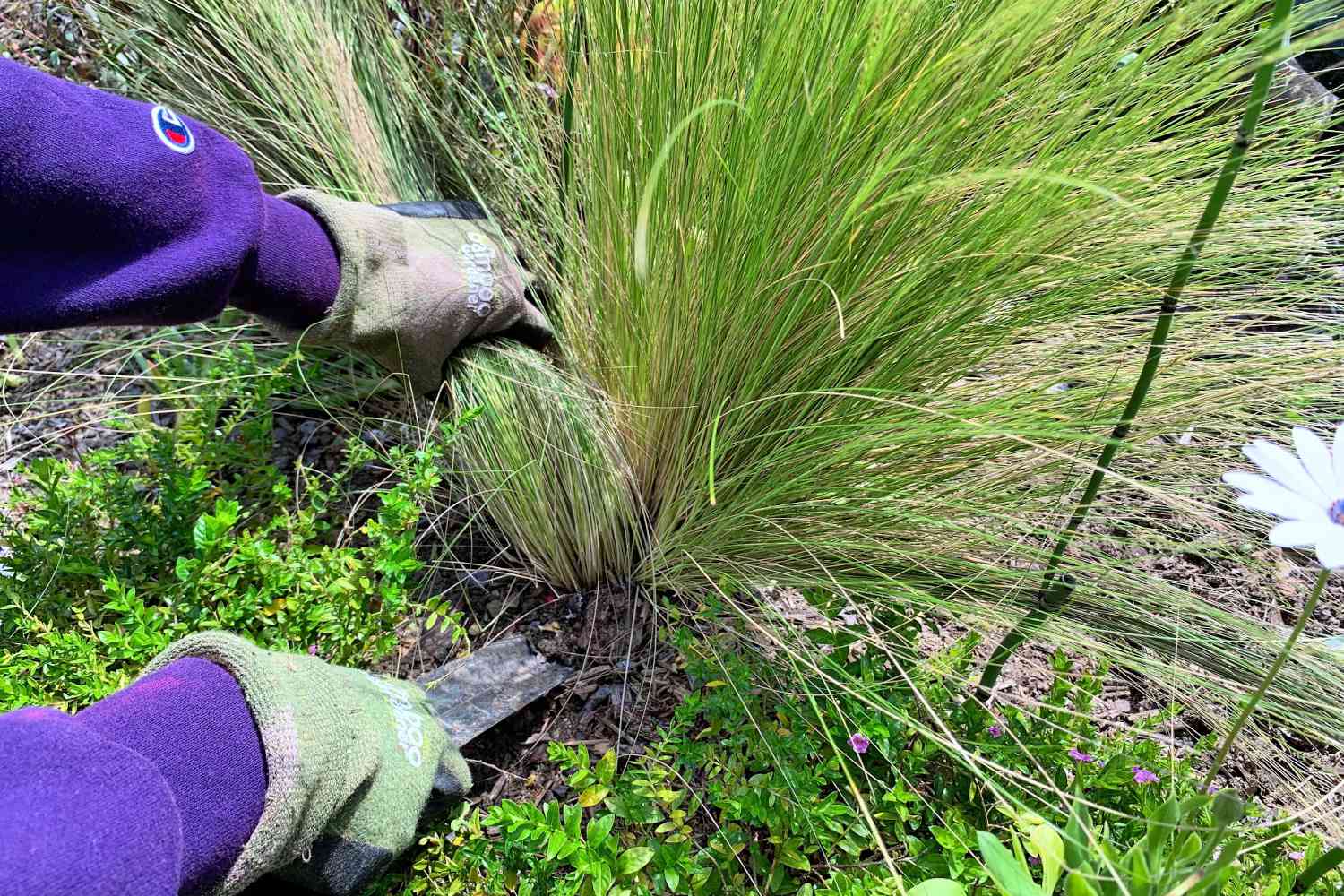

Landscaping Ideas
How To Kill Decorative Grass
Modified: January 27, 2024
Learn effective landscaping ideas for killing decorative grass and improving your outdoor space. Discover the best methods and tips for removing unwanted grass. Enhance your landscape with our expert advice.
(Many of the links in this article redirect to a specific reviewed product. Your purchase of these products through affiliate links helps to generate commission for Storables.com, at no extra cost. Learn more)
Introduction
Welcome to the world of landscaping! Decorative grasses are a popular choice for adding texture, color, and movement to gardens and outdoor spaces. However, there are times when you may need to remove or replace decorative grass to refresh your landscape design. Whether you’re looking to make a change in your garden or dealing with overgrown or unwanted decorative grass, knowing how to effectively remove it is essential.
In this guide, we’ll walk you through the steps to successfully kill decorative grass. By following these steps, you can ensure that the removal process is carried out effectively and with minimal impact on the surrounding plants and soil. Let’s dive in and learn how to tackle this landscaping task with confidence!
Key Takeaways:
- Identifying the type of decorative grass and gathering the right tools are crucial for successful removal. By understanding the grass and preparing properly, you set the stage for an effective and smooth removal process.
- Removing unwanted grass requires attention to detail and a strategic approach to achieve the desired results while minimizing impact on the surrounding environment. Embrace the opportunity to revitalize your landscape with new plantings and designs.
Step 1: Identify the Type of Grass
Before you begin the process of killing decorative grass, it’s crucial to identify the specific type of grass you’re dealing with. Different grass species may require different removal techniques, and understanding the characteristics of the grass will help you determine the most effective approach.
Start by observing the growth pattern, color, and texture of the grass. Is it a clumping or spreading variety? Does it have thin or wide blades? These visual cues can provide valuable insights into the type of grass you’re working with. Additionally, consider reaching out to local nurseries or landscaping professionals for assistance in identifying the specific species.
Once you have determined the type of grass, research its growth habits and potential challenges associated with removal. Some grasses may have deep, extensive root systems, while others may spread through seeds or rhizomes. By understanding these characteristics, you can tailor your removal strategy to effectively target the specific traits of the grass.
Identifying the type of grass also allows you to select the most suitable herbicide if chemical treatment is part of your removal plan. Certain herbicides are formulated to target specific grass species, providing a more targeted and efficient approach to killing the grass.
By taking the time to identify the type of decorative grass in your landscape, you’ll be better equipped to choose the right methods for successful removal, ensuring that your efforts yield the desired results while minimizing potential damage to the surrounding vegetation and soil.
Step 2: Gather Necessary Tools and Materials
Preparing for the process of killing decorative grass involves gathering the essential tools and materials that will facilitate a smooth and effective removal. By ensuring that you have everything you need at the outset, you can streamline the process and minimize interruptions once you’ve begun.
Here’s a list of tools and materials you may need:
- Gardening Gloves: Protect your hands from potential irritants and sharp grass blades by wearing sturdy gardening gloves.
- Pruning Shears or Hedge Trimmers: Depending on the size and density of the decorative grass, you may need pruning shears or hedge trimmers to cut back the foliage before initiating the removal process.
- Shovel or Spade: A sturdy shovel or spade will be essential for digging out the grass, especially if it has a robust root system.
- Herbicide: If you’ve chosen to use an herbicide for killing the grass, select a product that is suitable for the specific type of grass you’re targeting. Follow the manufacturer’s instructions carefully when handling and applying the herbicide.
- Plastic Sheeting or Tarp: To contain the application of herbicide and prevent it from reaching unintended areas, have plastic sheeting or a tarp on hand to create a barrier around the grass you plan to treat.
- Watering Can or Sprayer: If the herbicide requires dilution or precise application, a watering can or sprayer will be necessary for accurate distribution.
- Trash Bags or Containers: Prepare containers or trash bags for collecting and disposing of the dead grass once the removal process is complete.
Before commencing the removal process, take stock of your tools and materials to ensure that everything is readily available. This proactive approach will help you address any potential gaps in your equipment and make the removal process more efficient and manageable.
By gathering the necessary tools and materials in advance, you can approach the task of killing decorative grass with confidence, knowing that you’re well-prepared to tackle each step of the removal process effectively.
Step 3: Cut the Grass
Once you have identified the type of decorative grass and assembled the necessary tools and materials, the next step in the removal process is to cut the grass. Trimming back the foliage serves several important purposes, making the subsequent removal steps more manageable and effective.
Here’s how to approach the grass-cutting phase:
- Assess the Height: Evaluate the height of the decorative grass and determine the appropriate cutting level. Depending on the density and overall size of the grass, you may need to use pruning shears or hedge trimmers to achieve an even, manageable height for the subsequent removal steps.
- Protective Gear: Before cutting the grass, don protective gear such as gloves and eye protection to safeguard yourself from potential debris and irritants.
- Clear the Area: Remove any debris or obstacles surrounding the grass to create a clear working space. This will allow for easier access and maneuverability during the cutting process.
- Even Trimming: Use steady, even strokes to trim the decorative grass, ensuring that the foliage is uniformly reduced in height. This step prepares the grass for the application of herbicide and facilitates better access for subsequent removal efforts.
- Dispose of Trimmings: Collect and dispose of the trimmed grass appropriately, either by adding it to compost or placing it in designated green waste bins. Clearing the area of trimmings helps maintain a tidy workspace for the remaining removal steps.
By cutting the decorative grass to a manageable height, you create a more controlled and accessible environment for the subsequent stages of the removal process. This proactive approach sets the stage for a smoother and more effective removal, bringing you closer to achieving your desired landscape transformation.
To kill decorative grass, you can use a non-selective herbicide containing glyphosate. Apply the herbicide directly to the grass, making sure to follow the instructions on the product label for best results.
Step 4: Apply Herbicide
Applying herbicide is a strategic and targeted approach to killing decorative grass, particularly when dealing with persistent or invasive varieties. When used responsibly and in accordance with the manufacturer’s instructions, herbicides can effectively eradicate unwanted grass while minimizing the impact on surrounding vegetation.
Here’s a guide to applying herbicide for killing decorative grass:
- Choose the Right Herbicide: Select an herbicide that is suitable for the specific type of decorative grass you’re targeting. Consider factors such as the grass species, growth habits, and surrounding vegetation when choosing the appropriate herbicidal product.
- Protective Measures: Prior to applying the herbicide, don protective clothing, including gloves, long sleeves, and eye protection, to prevent direct contact with the chemical solution.
- Weather Conditions: Check the weather forecast to ensure that there is no imminent rain or strong wind that could affect the application and effectiveness of the herbicide.
- Application Technique: Follow the manufacturer’s instructions for diluting the herbicide, if necessary, and apply it directly to the decorative grass using a sprayer or watering can. Take care to avoid overspray onto surrounding plants and soil.
- Containment: If the herbicide has the potential to spread or leach into unintended areas, use plastic sheeting or a tarp to create a barrier around the treated grass, minimizing the risk of unintended damage.
- Observe Safety Precautions: Exercise caution when handling and applying herbicides, and keep pets and children away from the treated area until the product has dried or settled as per the manufacturer’s recommendations.
- Monitor and Follow Up: After applying the herbicide, monitor the treated area regularly to assess the effectiveness of the treatment. Depending on the herbicide’s mode of action, you may need to follow up with additional applications to ensure complete eradication of the grass.
By carefully applying herbicide according to the specific requirements of the decorative grass and considering the surrounding environment, you can effectively target and eliminate the unwanted grass, paving the way for a refreshed and revitalized landscape.
Read more: How To Kill Crabgrass
Step 5: Remove Dead Grass
After successfully applying herbicide and allowing it to take effect, the next crucial step in the process of killing decorative grass is the removal of the dead vegetation. This phase is essential for clearing the area and preparing the soil for potential replanting or landscaping adjustments.
Here’s how to effectively remove dead grass following herbicidal treatment:
- Assess the Condition: Evaluate the state of the grass to ensure that it has been effectively killed by the herbicide. Look for signs of wilting, browning, or other indications of decay to confirm that the grass is no longer viable.
- Wear Protective Gear: Before handling the dead grass, don protective gloves and appropriate clothing to minimize direct contact with the vegetation and any residual herbicide.
- Cut and Collect: Use pruning shears or a trimmer to cut the dead grass close to the ground, facilitating easier removal. Collect the cut vegetation and place it in designated containers or trash bags for disposal.
- Inspect the Soil: After removing the dead grass, inspect the underlying soil for any remaining root fragments or persistent rhizomes. Clear the area of these remnants to prevent potential regrowth of the decorative grass.
- Soil Preparation: Consider amending the soil with organic matter or compost to enrich its fertility and promote healthy growth for future landscaping endeavors. This step prepares the area for potential replanting or the introduction of new landscape features.
- Dispose Responsibly: Properly dispose of the collected dead grass and any associated debris in accordance with local waste management guidelines. If possible, consider composting organic materials to minimize environmental impact.
By diligently removing the dead grass and preparing the soil for future landscaping considerations, you can effectively conclude the process of killing decorative grass while setting the stage for a renewed and vibrant outdoor environment.
Conclusion
Congratulations on successfully navigating the process of killing decorative grass! By following the steps outlined in this guide, you’ve taken proactive measures to rejuvenate your landscape and create a fresh canvas for new gardening and design opportunities. The careful and methodical approach to removing unwanted grass ensures that your efforts contribute to the overall health and aesthetics of your outdoor space.
As you reflect on your journey, consider the following key takeaways:
- Understanding and Preparation: Identifying the type of grass and gathering the necessary tools and materials are crucial initial steps that set the stage for a smooth and effective removal process.
- Methodical Execution: Cutting the grass, applying herbicide, and removing the dead vegetation require attention to detail and a strategic approach to achieve the desired results while minimizing impact on the surrounding environment.
- Environmental Awareness: Throughout the removal process, maintaining awareness of the surrounding plants, soil, and ecological considerations ensures that your landscaping efforts align with sustainable and responsible practices.
- Opportunities for Renewal: The completion of the removal process opens up exciting possibilities for replanting, redesigning, or introducing new elements to your landscape, allowing you to infuse fresh creativity and vitality into your outdoor space.
By embracing the task of killing decorative grass as an opportunity to enhance and revitalize your landscape, you’ve demonstrated a commitment to thoughtful and intentional gardening practices. Whether you’re preparing the ground for new plantings, creating open spaces for outdoor activities, or reimagining the visual dynamics of your garden, the successful removal of decorative grass marks a significant milestone in your landscaping journey.
As you move forward, continue to approach your landscaping endeavors with a spirit of curiosity, creativity, and respect for the natural world. Your dedication to nurturing and shaping your outdoor environment contributes to the beauty and harmony of your surroundings, enriching both your own experiences and the lives of those who share in the splendor of your garden.
With the knowledge and skills gained from this process, you are well-equipped to embark on future landscaping projects with confidence and enthusiasm, knowing that each step you take contributes to the ongoing evolution of your outdoor sanctuary.
Frequently Asked Questions about How To Kill Decorative Grass
Was this page helpful?
At Storables.com, we guarantee accurate and reliable information. Our content, validated by Expert Board Contributors, is crafted following stringent Editorial Policies. We're committed to providing you with well-researched, expert-backed insights for all your informational needs.
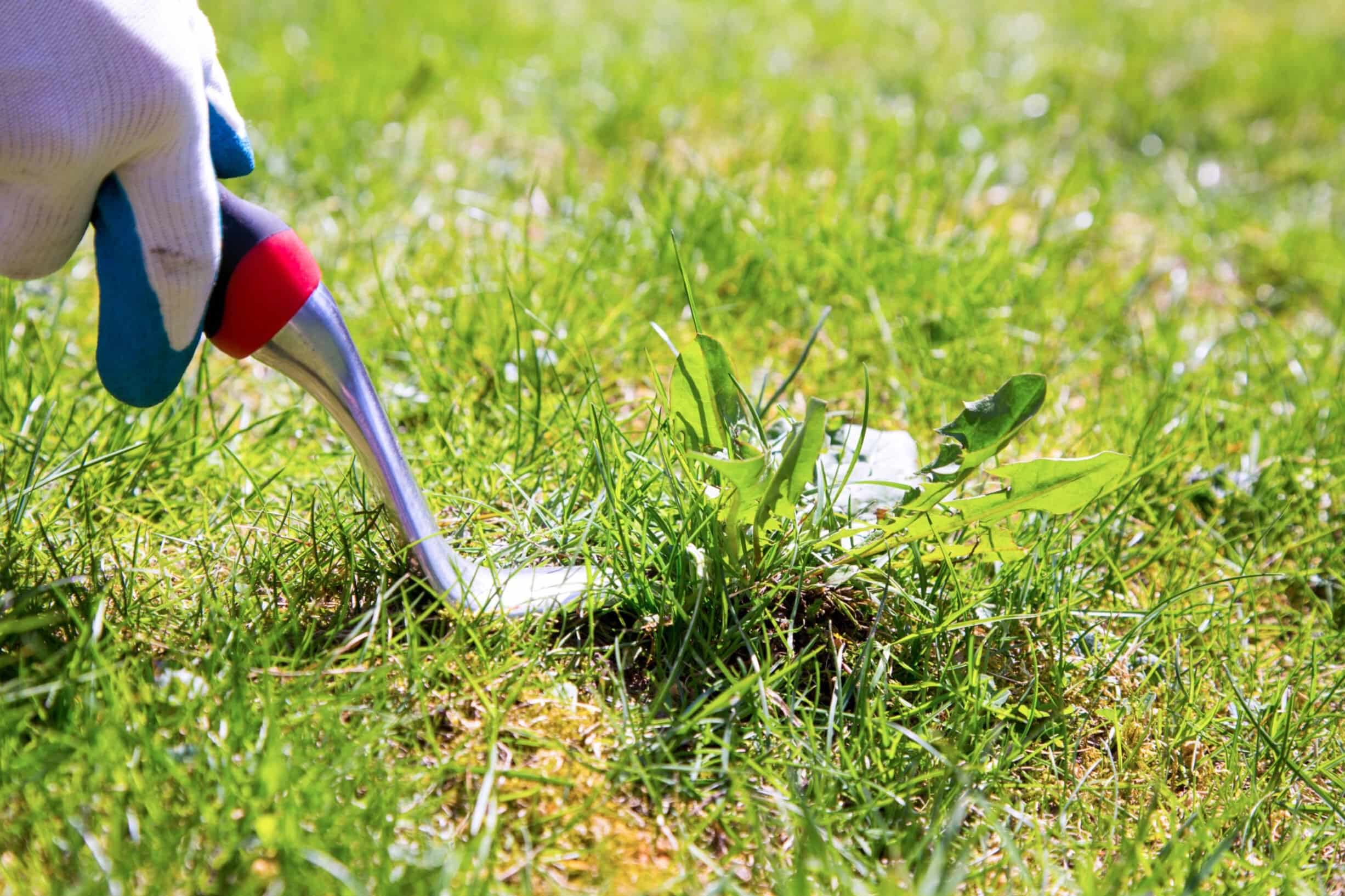
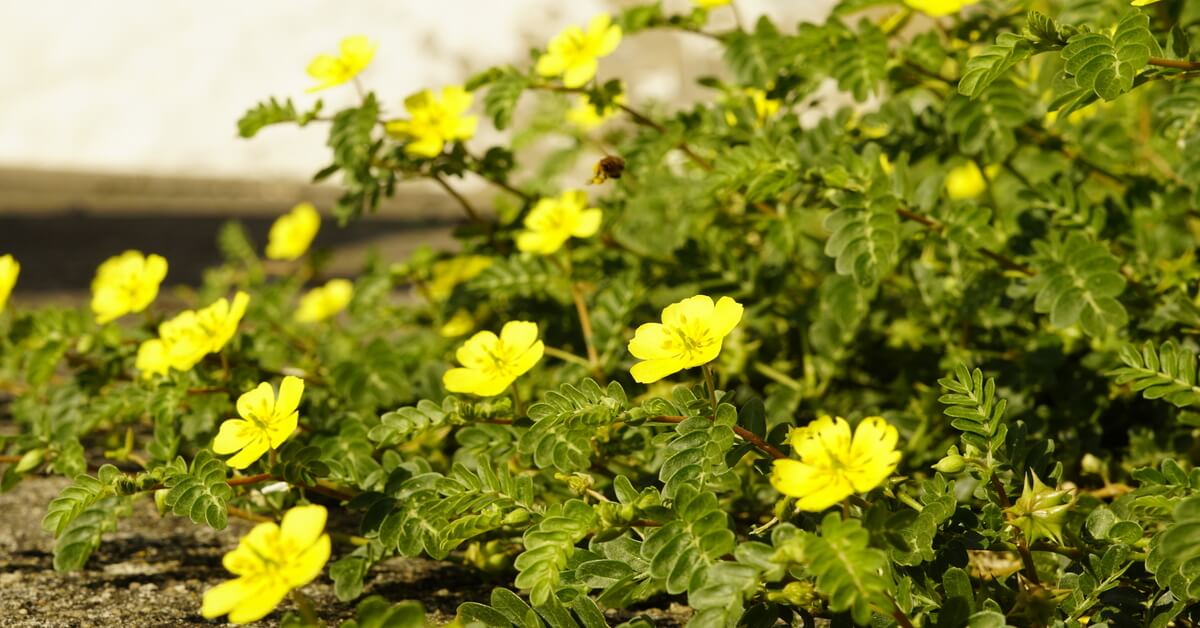
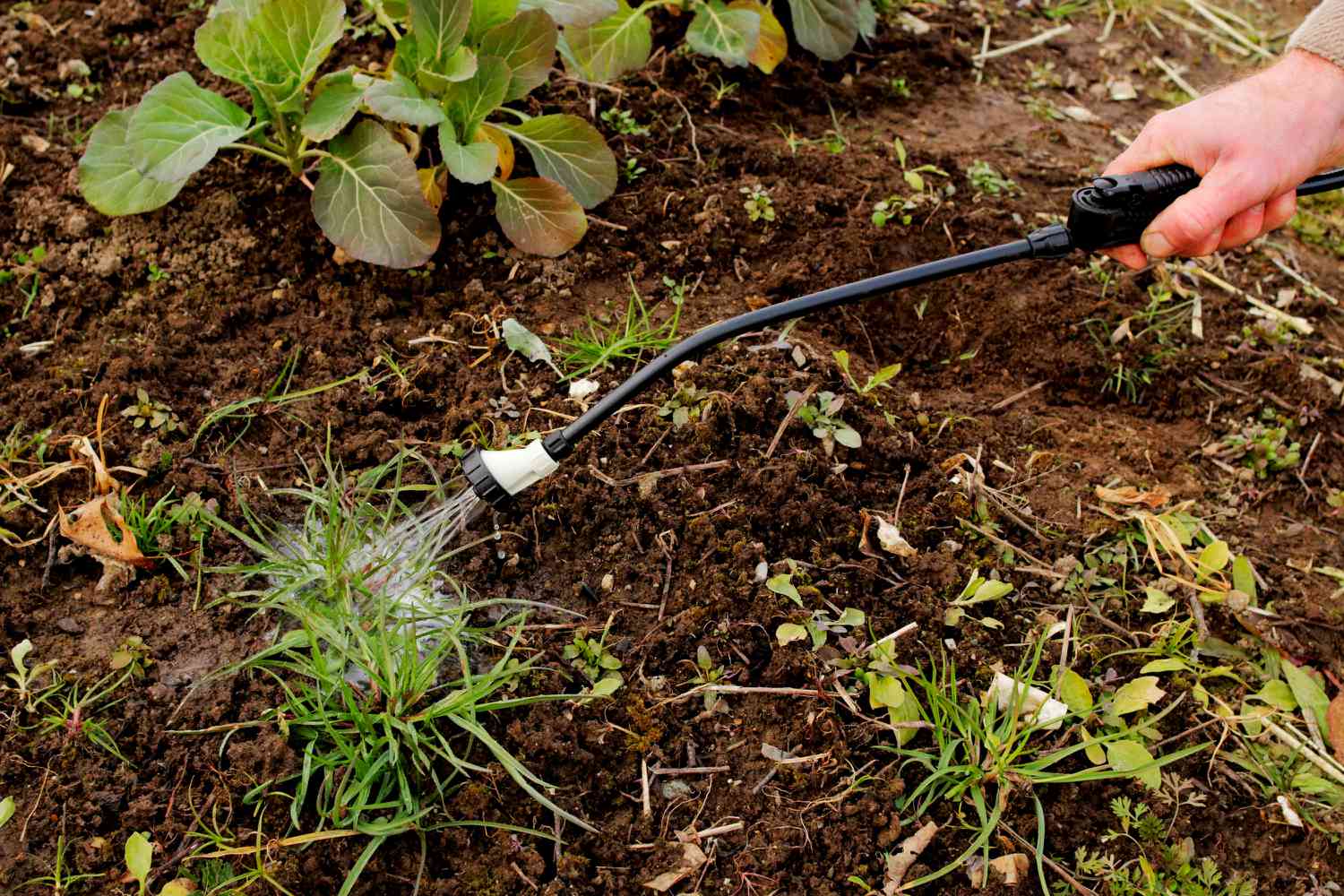
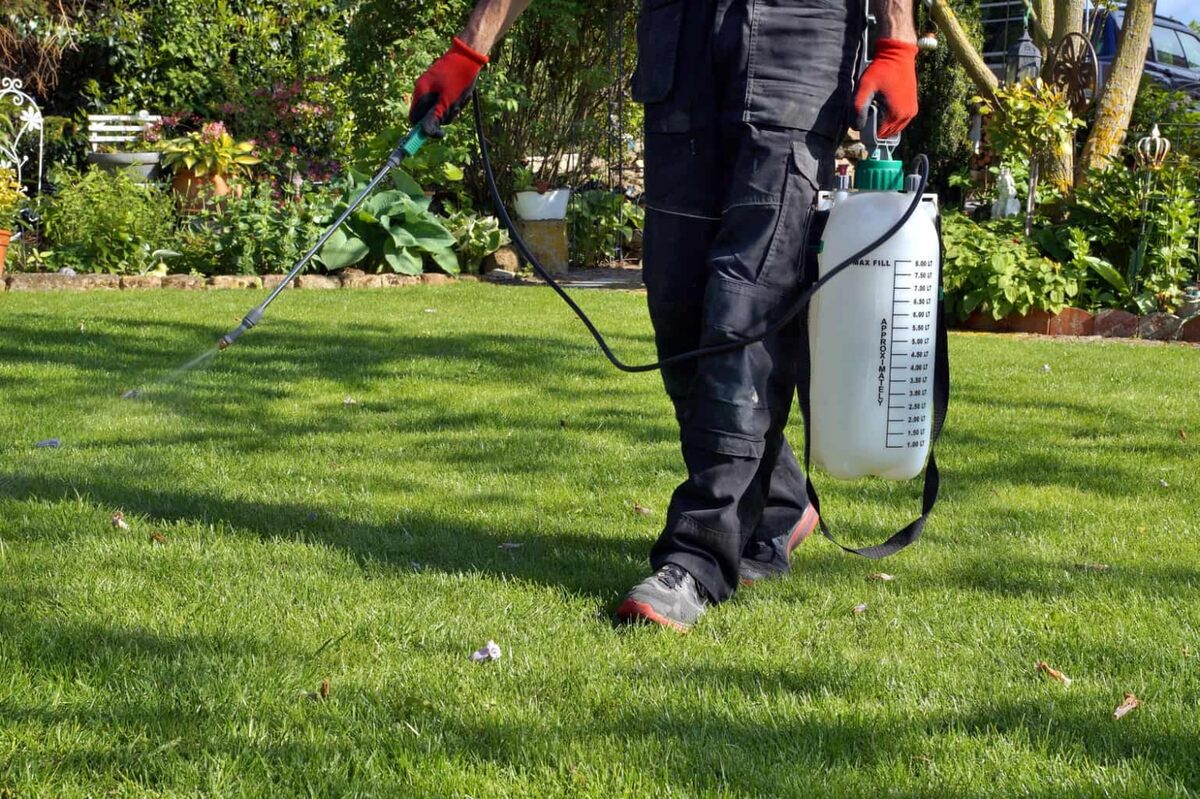
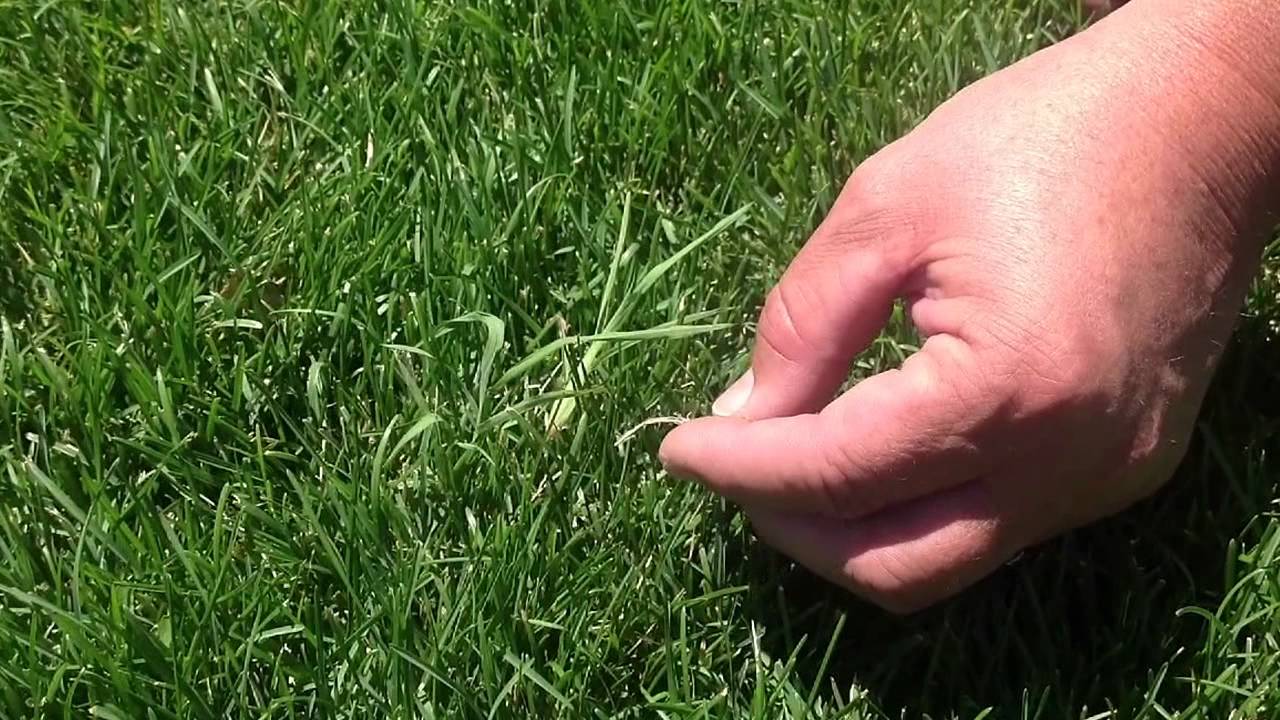
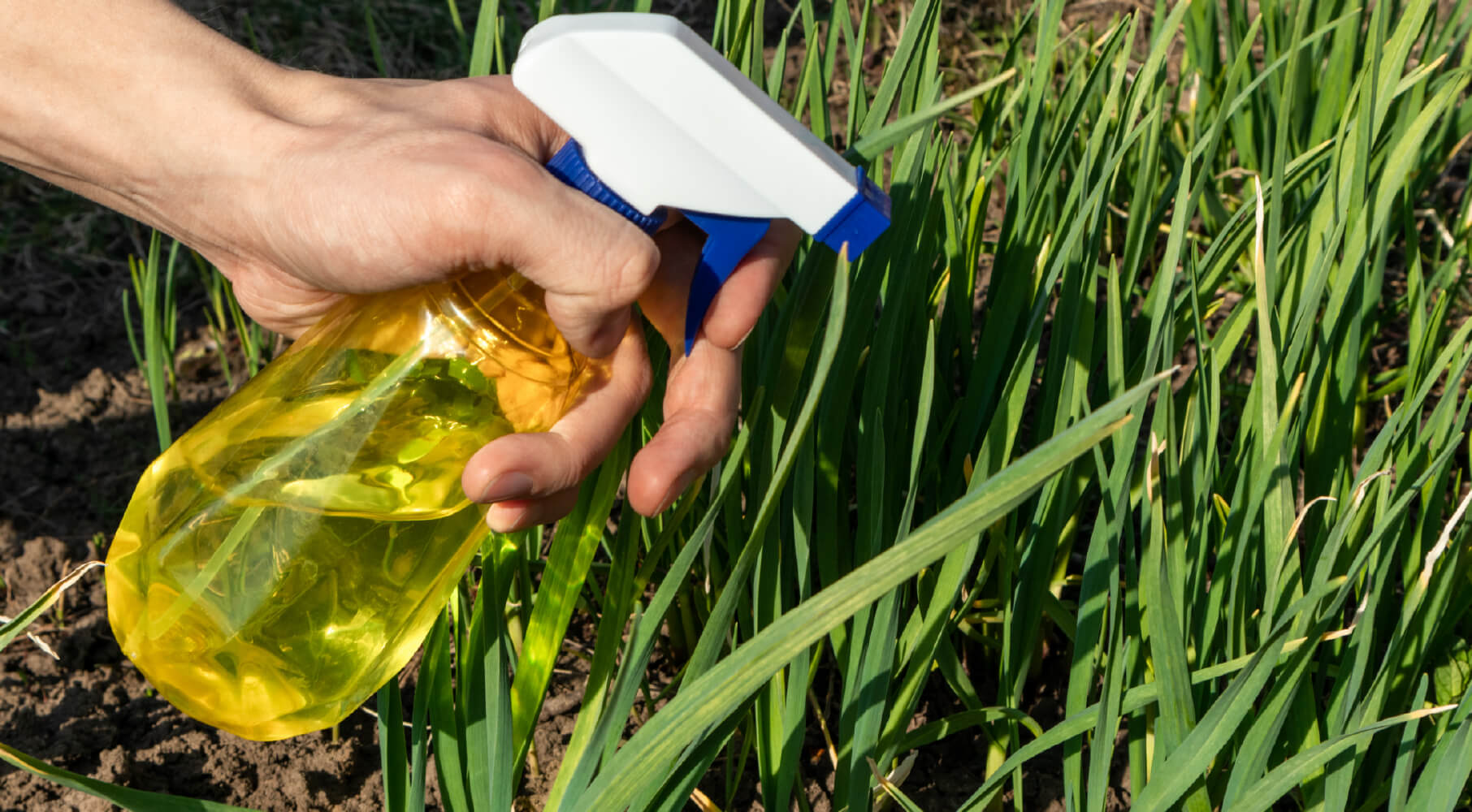
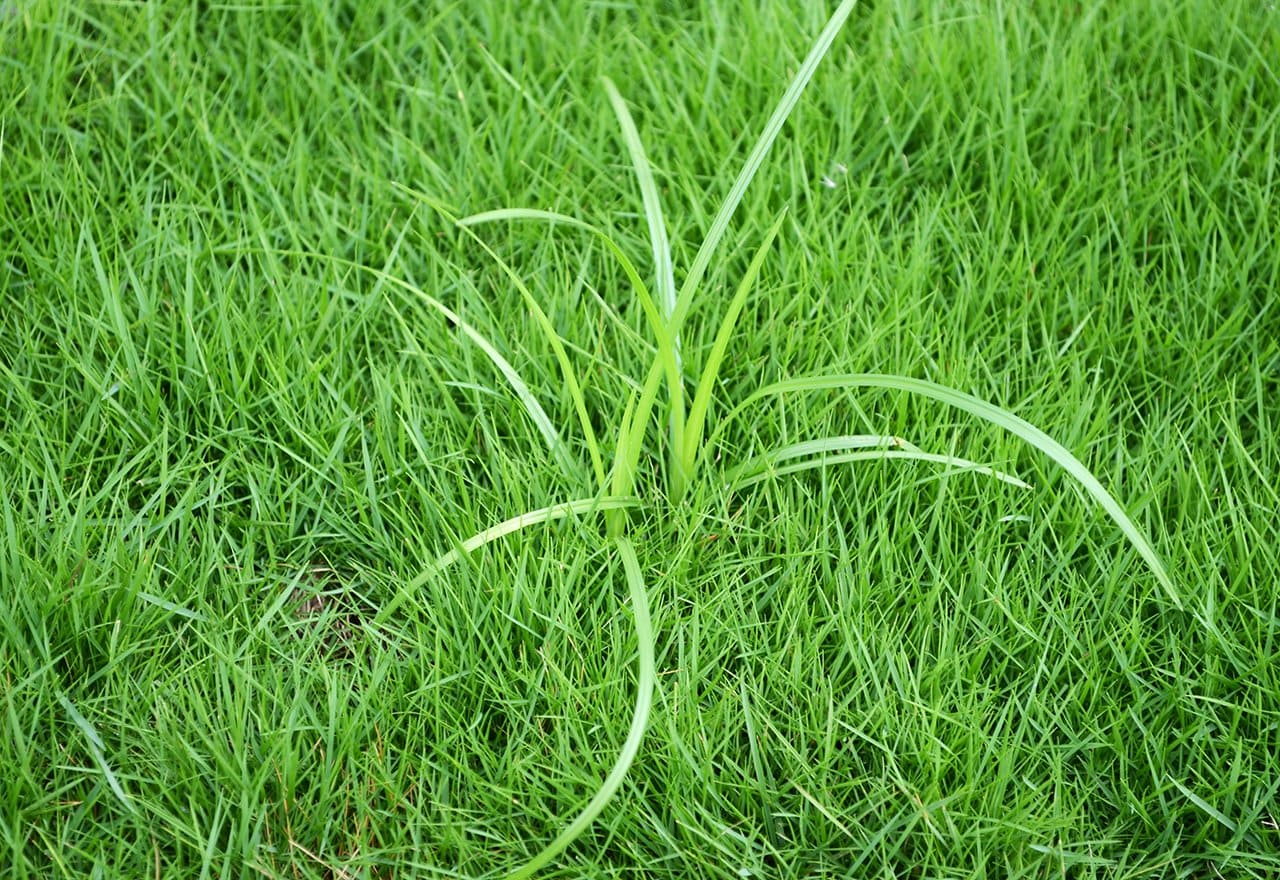
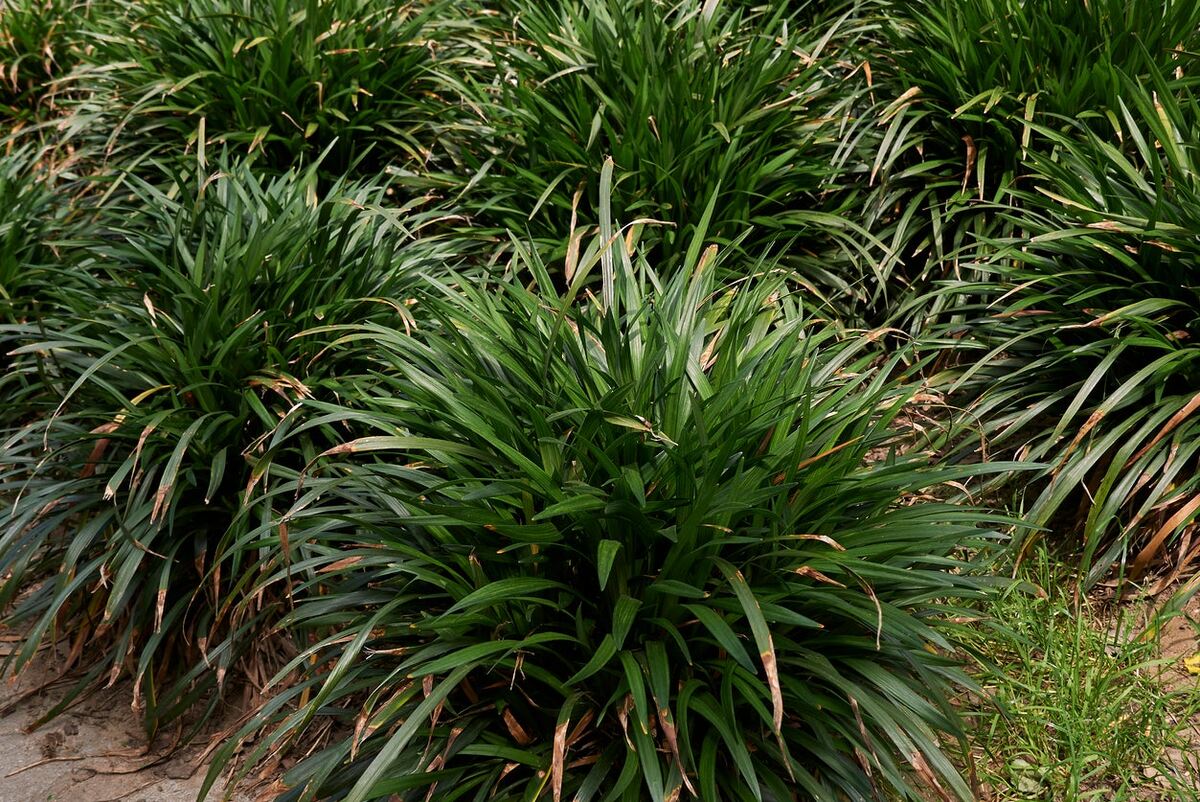
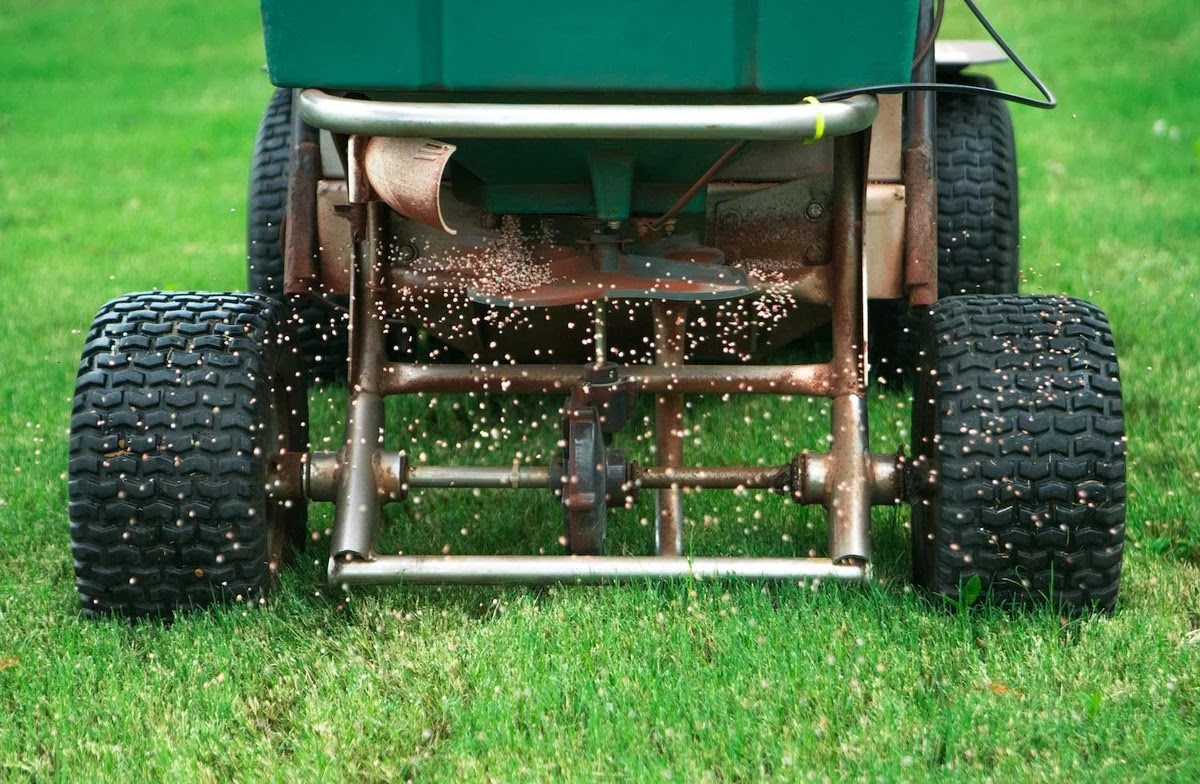
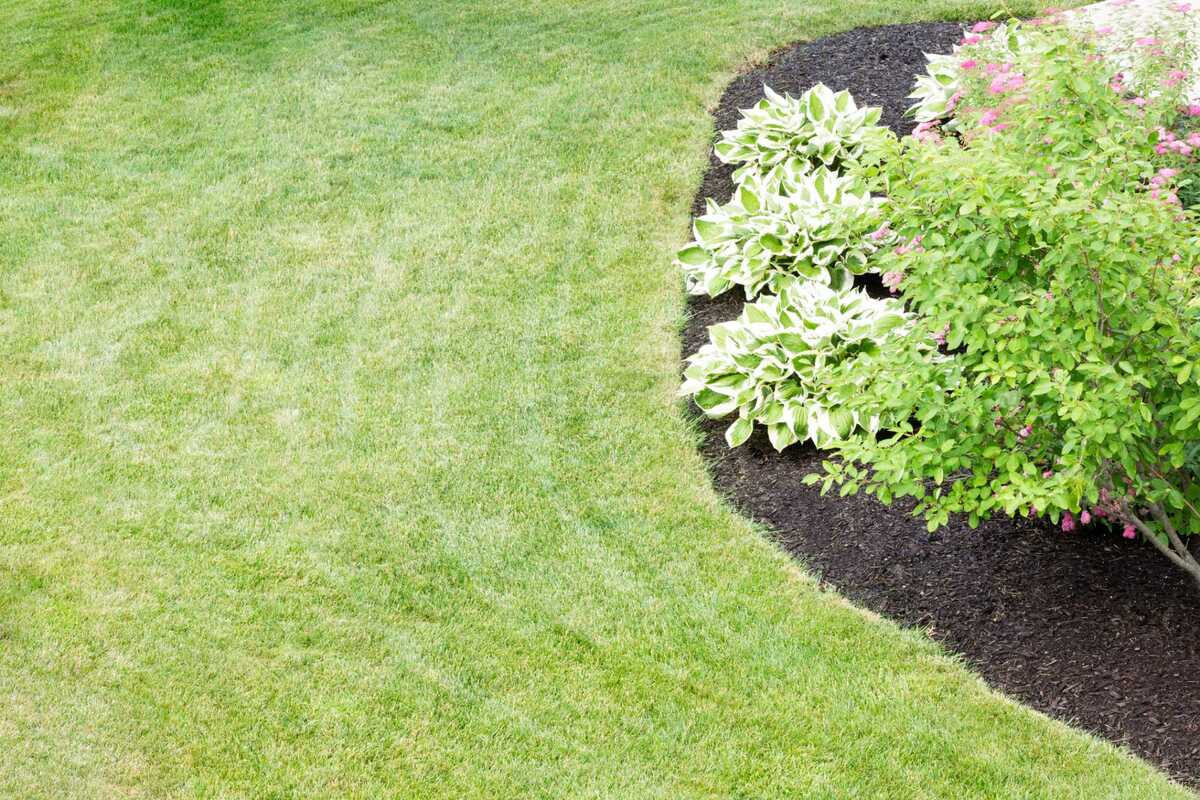
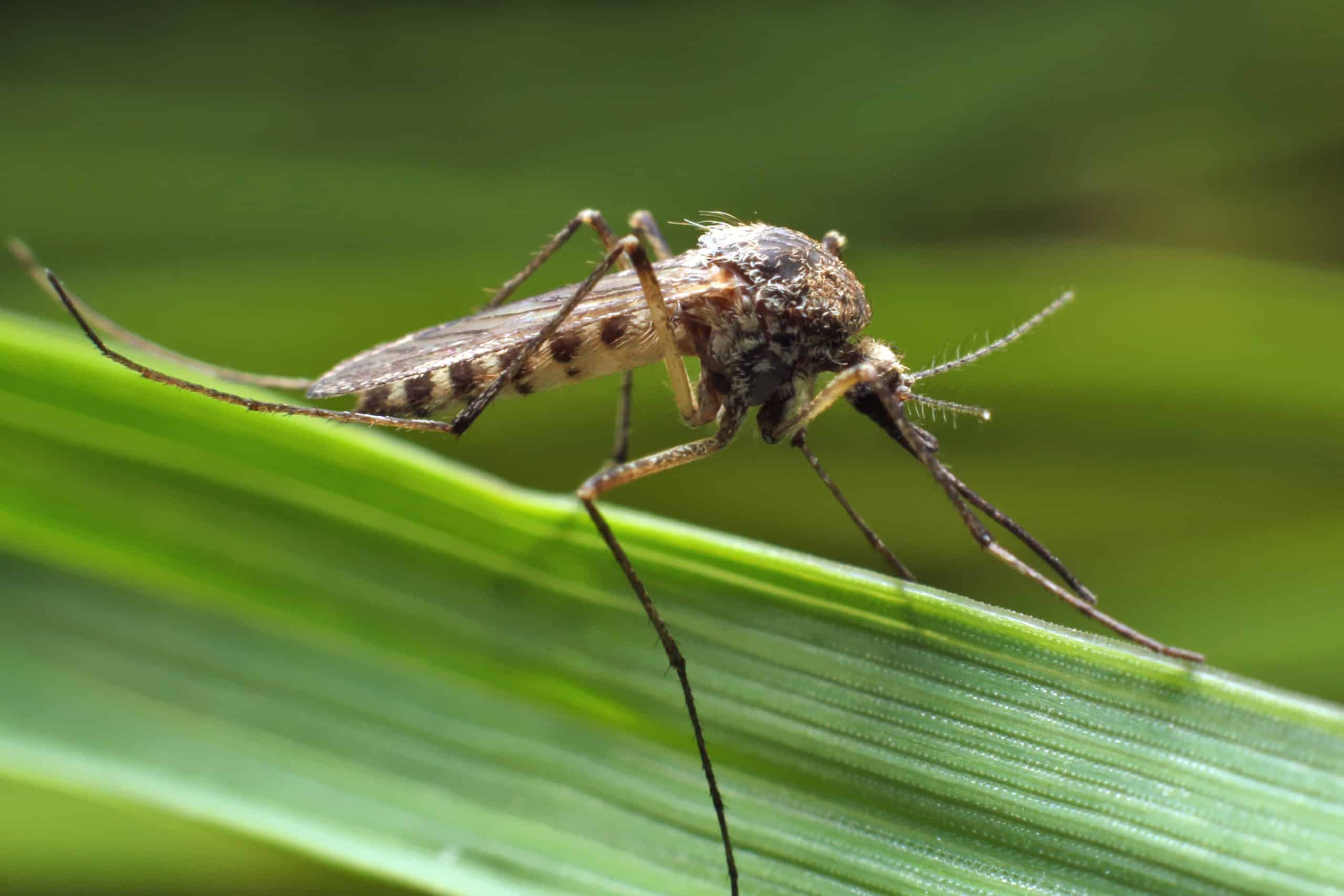
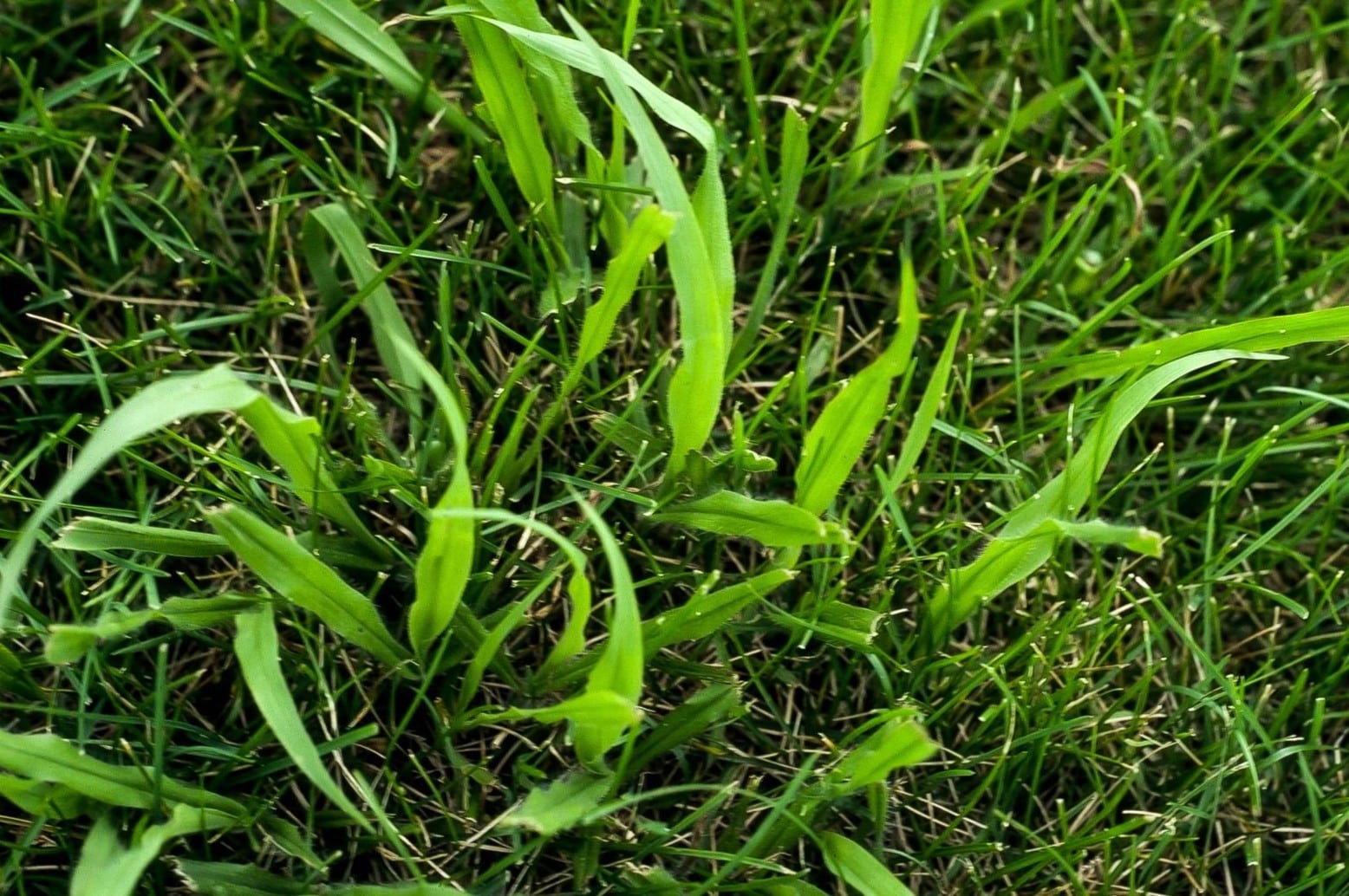
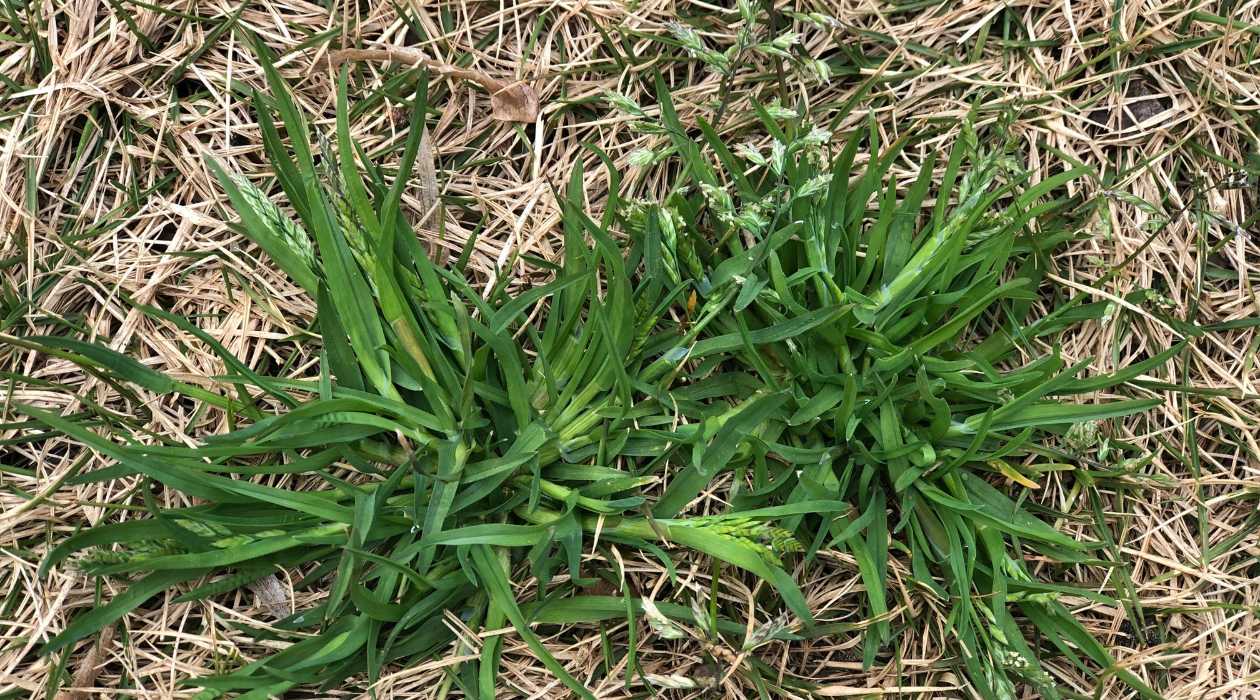


0 thoughts on “How To Kill Decorative Grass”